Is your baby refusing your breastmilk? Does your frozen milk smell sour or soapy? If you have answered yes, to any of these questions then there is a possibility that your breastmilk has excessive lipase.
If you are a nursing mom and have recently discovered that your milk is tasting bad if kept for long, don't panic because after reading this post you will know everything that there is to know on how to treat milk with excessive lipase enzyme in it. In this post, we will go over all the details on what excessive lipase in breastmilk means, how you can work around it and when you can do nothing about it and a lot of other great resources for nursing moms to check out.
Before moving into this post, I would like to introduce all of you to a fantastic book by Rebekah Hoffer, Why does my breastmilk taste bad? in which she explains the lipase activity in breastmilk in great detail which is easy to understand by someone who does not have a medical degree. Also, great tips on how to handle the breastmilk with excessive lipase and checklist to develop a pumping and storage plan to avoid the breastmilk turning soapy so that it can be used for longer. Also a few other great tips on breastfeeding. You can check out the book here and it’s for only $9.90!
Pin this post to keep it handy all the time!
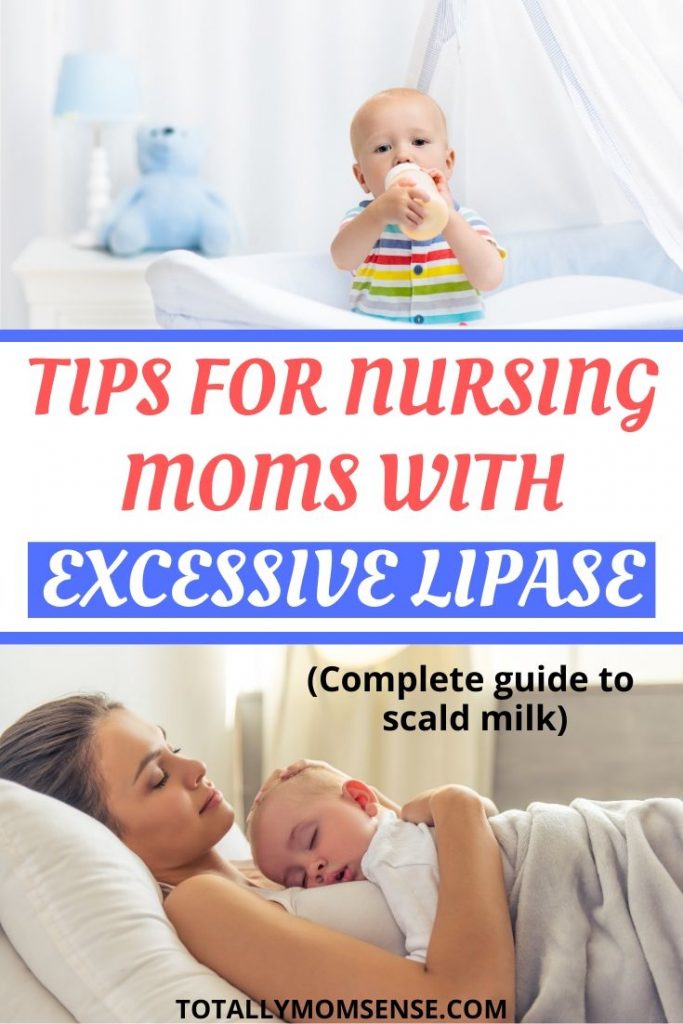
WHAT IS EXCESSIVE LIPASE CONDITION IN BREASTMILK?
Lipase is an enzyme found in the mom’s breastmilk that breaks down the fats in your milk to help digest it. But when lipase occurs in excess, then this process happens much more rapidly and that can make the milk taste sour or soapy after some time. Some babies don’t have a problem drinking it but most of the babies will start to reject the milk.
Related: 20 breastfeeding hacks for new moms
HOW CAN I CHECK MY BREASTMILK FOR EXCESSIVE LIPASE?
If you happen to notice a foul smell or the taste of milk changing to sour, then it’s important to check for excessive lipase. Having excessive lipase does change your milk into sour or soapy taste but it does not happen immediately. This process can take time and it’s important for mom’s suffering from this condition to check when a perfectly pumped fresh breastmilk begins to change the taste. The best way is to pump a bottle of fresh breastmilk and keep it in your refrigerator and for the next one hour keep tasting your milk to notice when the taste changes. For some moms, the milk does not change taste for up to 4-8 hours. Knowing when the breastmilk becomes inedible can help you a lot in planning the storage as well as your pumping schedule.
IS MILK WITH EXCESSIVE LIPASE SAFE FOR THE BABY?
Absolutely yes! The excessive lipase in the breastmilk is not harmful for your baby but due to the taste change, some babies might or might not prefer to drink it. For moms with excessive lipase it is best advisable to feed your little one fresh breast milk but if you are a working mom and feeding fresh breastmilk is not possible, then there are a few ways to prepare your breastmilk for storage so that it can last you longer.
Related: What I carry in my pump bag to work
HOW CAN YOU MAKE THE EXCESSIVE LIPASE BREASTMILK EDIBLE FOR YOUR BABY?
Now that you have figured out what excessive lipase is and how it can affect your child, the next step is to prepare the milk in a way so that it can be stored and used for a longer time. The method used to prepare breastmilk with excessive lipase is called scalding which is heating the breastmilk to very high temperatures. There are two ways that you can use to scald breastmilk. The first one is the stovetop method and the second one is the bottle warmer.
STOVETOP METHOD FOR SCALDING MILK
This is a simple process in which you will require a pan to heat the milk, a digital thermometer to check the temperature, a bowl with ice cubes in it, a funnel to transfer the milk to the bottle and a stainless-steel bottle to store the milk. The reason stainless steel is preferred in this process is that the milk is at a higher temperature and it is best advisable to keep hot things away from plastic. You can try this stainless steel bottle for storing milk.
Bring the milk to a temperature of 180 deg F on the stovetop, use a digital thermometer to monitor the temperature. I have used the digital thermometer for boiling water before and have noticed that the temperature instantly rises, so it is advisable to be cautious and let the temperature not rise above 180deg F. As soon as the milk is heated to this temperature, transfer the milk to the stainless-steel bottle via a funnel. Make sure that the stainless-steel bottle is placed in the tray of ice as it is important to cool the hot scalded milk instantly.
Next depending upon your need, if you are going to be using the milk in 1-2 days then refrigerate it otherwise freeze it for the future.
BOTTLE WARMER METHOD FOR SCALDING MILK
The next method to scald breastmilk is to use a bottle warmer. You can try the Avent bottle warmer which is what I had used and absolutely loved it. But you must make sure that the warmer does not auto switch on its own once it’s warmed up as to scald the milk you must heat it to 180deg F. The steps to scald milk using a bottle warmer is similar to as described in the earlier method, the only difference being that instead of a stovetop you would be using a bottle warmer.
Related: All the must-haves for a breastfeeding station at work
DOES SCALDING BREASTMILK REMOVE NUTRITION FROM IT?
Yes, heating the breastmilk to high temperature does affect the overall nutrition of the milk. But breastmilk is still considered more nutritious and better than formula so giving scalded breastmilk is also great for your baby. A small tip is to add some freshly pumped breastmilk to the scalded milk when you are about to feed it to your little one. Although you must make sure that the freshly pumped breastmilk and the scalded milk are at the same temperature.
It is best if you add freshly expressed breast milk once the scalded milk is thawed and bought to the room temperature and ready to be given to the baby.
Related: Tips for handling and storing breastmilk
CAN I SCALD MY ALREADY FROZEN BREASTMILK?
Unfortunately, there is no way you can scald already frozen breastmilk as the milk has already changed taste. Although once you have thawed and prepared the bottle with the frozen milk, you can add freshly pumped milk to it to see if the taste changes and whether your little one will accept it.
If that technique does not work, then instead of dumping all the frozen milk try donating it. You can check this here. Some babies have no problem taking in sour milk and it can be helpful to them.
Discovering that you have excessive lipase in your breastmilk can be stressful for a mom. But if you make use of the right resources and develop a pumping and storage plan that can prevent your breastmilk from turning sour, then you can keep enjoying nursing your baby for a really long time.
Do you have any other tips to work around excessive lipase in breastmilk? If so, please do share it with me in the comments below!





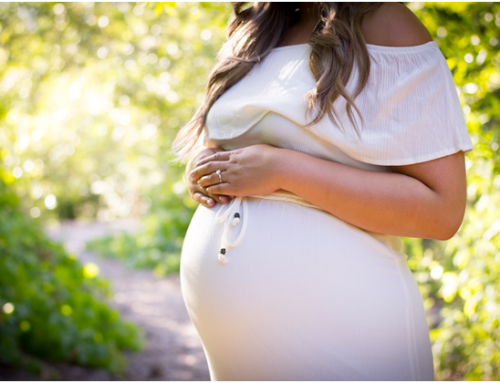
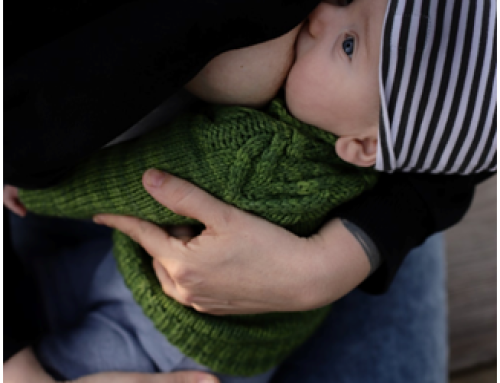

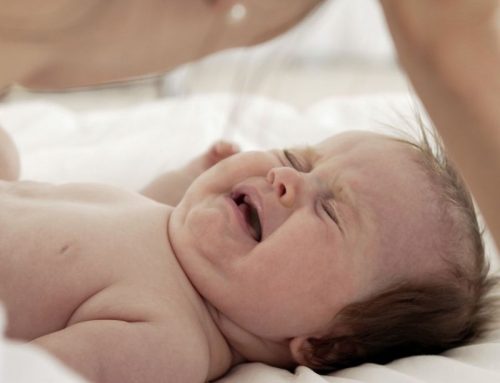
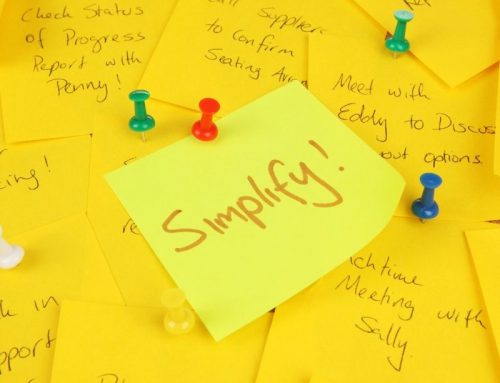


Leave A Comment